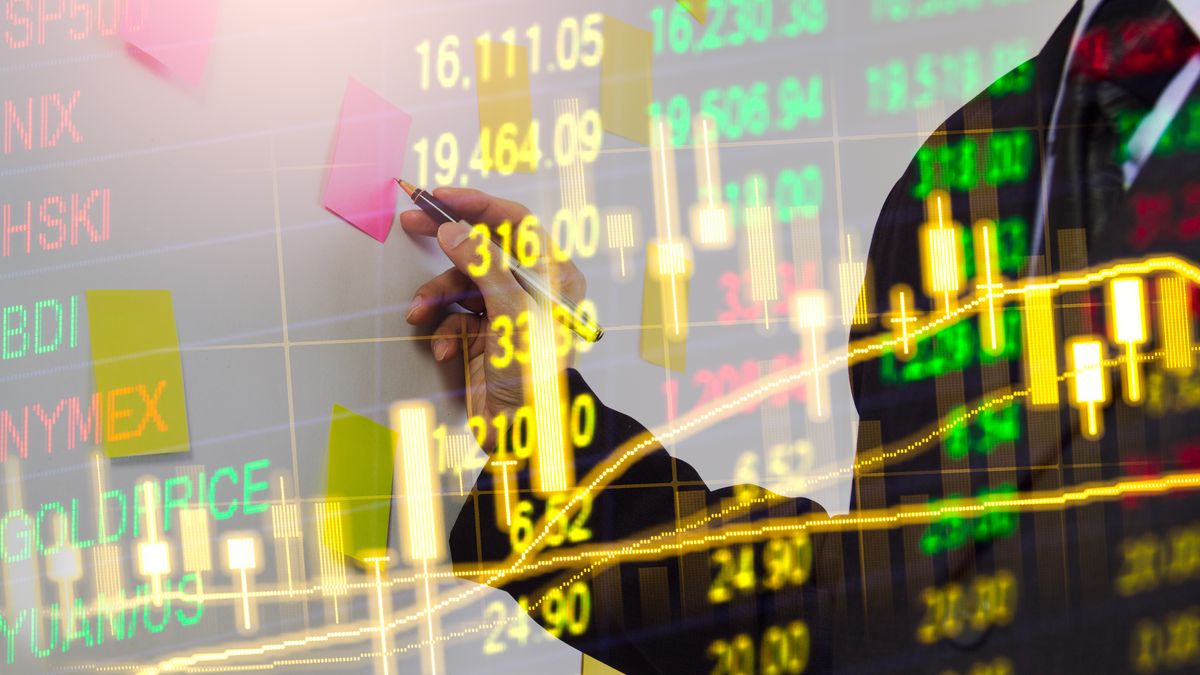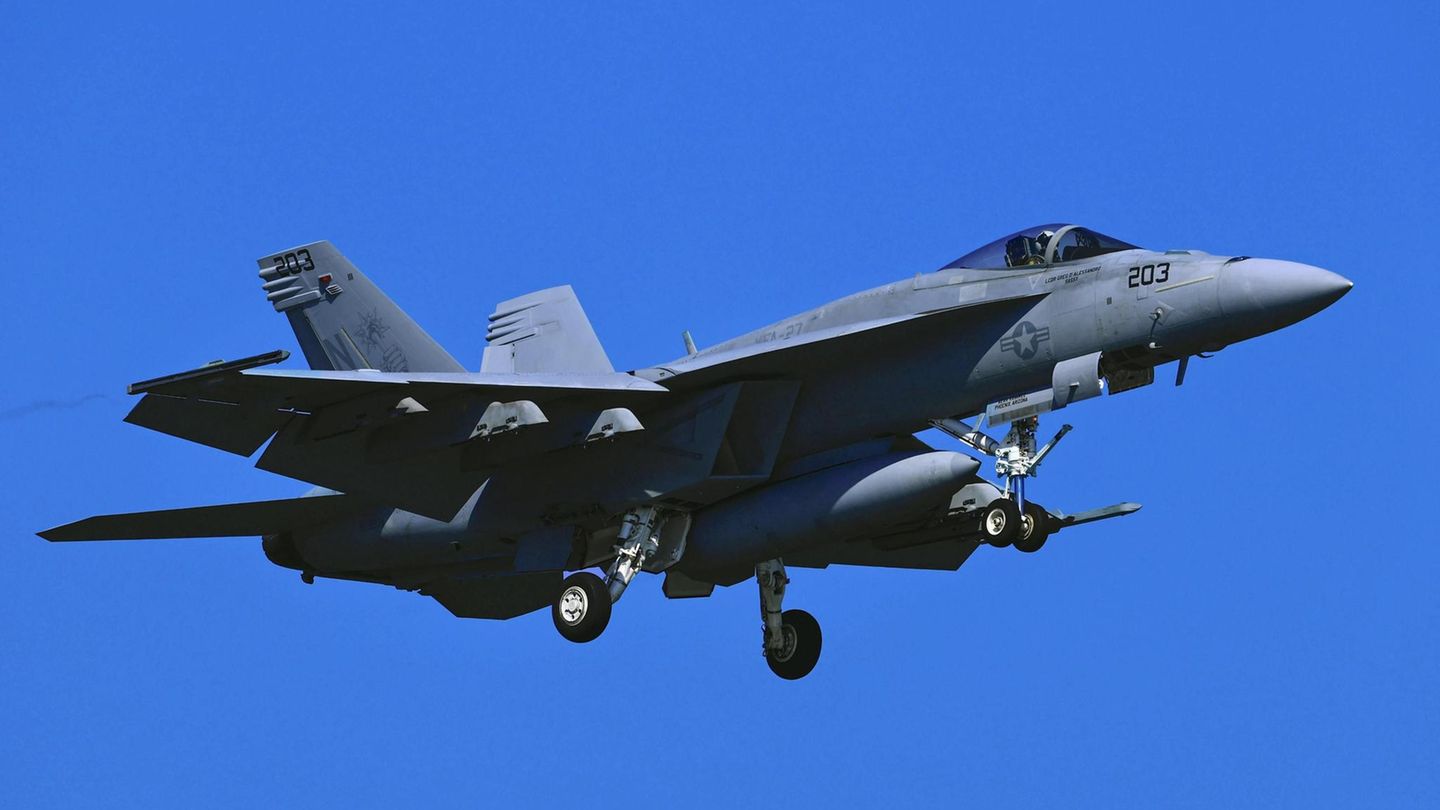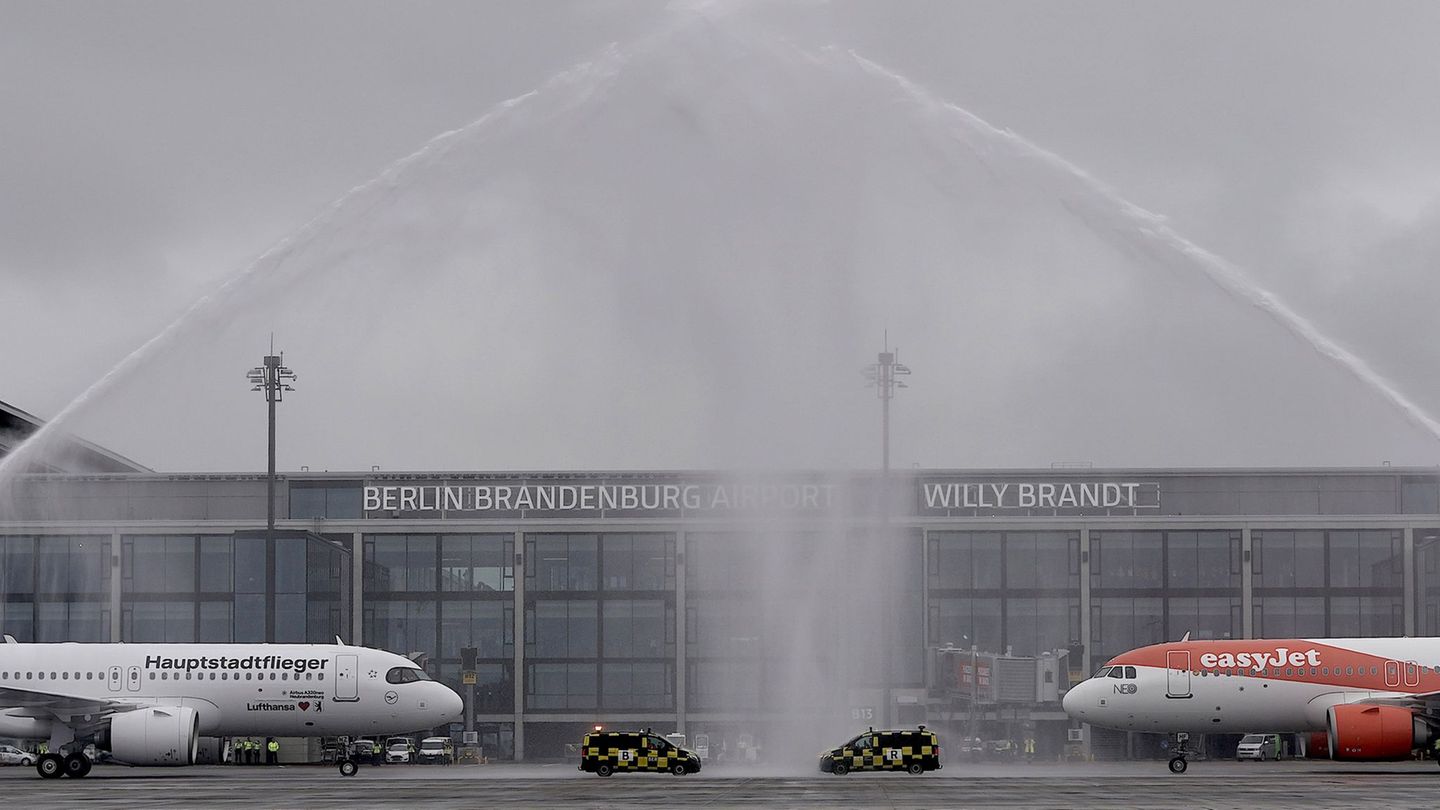The porter bag begins on Monday with important improvements before taking over speculative positions in the middle of an ‘electoral trade’ after the result of the primary elections (PASO) in the province of Santa Fe, where the opposition outperformed the ruling party. At the same time, the market looks expectantly at the closing of the agreement with the IMF where the news could be confirmed this Friday, as confirmed by Ámbito.
“The result of the primary elections in Santa Fe can add fuel to the electoral trade”said Fundcorp’s Roberto Geretto. “So far, the different provincial elections have been fueling expectations of change, and with this the price of assets, where the opposition’s results show a notable improvement compared to the last presidential election,” he added.
The leading index S&P Merval It rises 3.5%, to a record high in intraday pesos of 458,633.29 points, after gaining 4.66% last week.
The choice of candidates more in tune with the market drives the improvement of the market, say operators, although they point out that their eyes are still on the negotiations of the Minister of Economy Sergio Massa with the International Monetary Fund (IMF) to get disbursements and more lax goals.
“We maintain our assessment of the high chances of value recovery of local papers; however, it seems prudent to add them in stages given the high uncertainty of the current process,” VatNet Financial Research said.
In this context, the Argentine papers that trade in Wall Street They shot up to 7% thanks to Banco Superville, Grupo Financiero Galicia (6.3%), Transportadora Gas del Sur (6.3%) and YPF (6.2%). Ternium operates against the hand, with a drop of 1%.
markets-shares-finance-investments-alive
Depositphotos
Regarding the agreement with the IMF, given that the country must face maturities for some US$2.6 billion at the end of the month, at a time when speculation is growing that a mission from the country would travel to Washington this week to conclude the agreement and agree on the next disbursements.
“In our opinion, the most probable scenario is (that the IMF grants) the disbursement in June; secondly, that of June and September; and, lastly, the three disbursements together,” Portfolio Personal Inversiones said.
The Fund disburses to pay itself but the net reserves practically do not rise, let alone increase the intervention capacity of the BCRA in any market”, he stated. Analysts estimate that the BCRA’s net reserves are in the red at around US$6.5 billion despite a recent deal with china for a currency swap.
Bonds and country risk
In the fixed income segment, the titles operate unevenly with increases of up to 2% in the AL41, followed by the AL38 (1.4%) and the GD38D (1.1%). The decreases of up to 3% are led by the Global GD29D, followed by the GD26D (-0.9%) and the GD30D (-0.4%). “In our opinion, it is preferable to start building positions in dollar-linked bonds maturing in February 2024 to the detriment of the dual bond,” estimated the clearing and settlement agent Neix.
Thus, the risk countryas measured by JP.Morgan bank, falls 36 units to 2,079 basis points, compared to a record high of 2,976 units recorded a year ago.
Source: Ambito
I am a 24-year-old writer and journalist who has been working in the news industry for the past two years. I write primarily about market news, so if you’re looking for insights into what’s going on in the stock market or economic indicators, you’ve come to the right place. I also dabble in writing articles on lifestyle trends and pop culture news.




